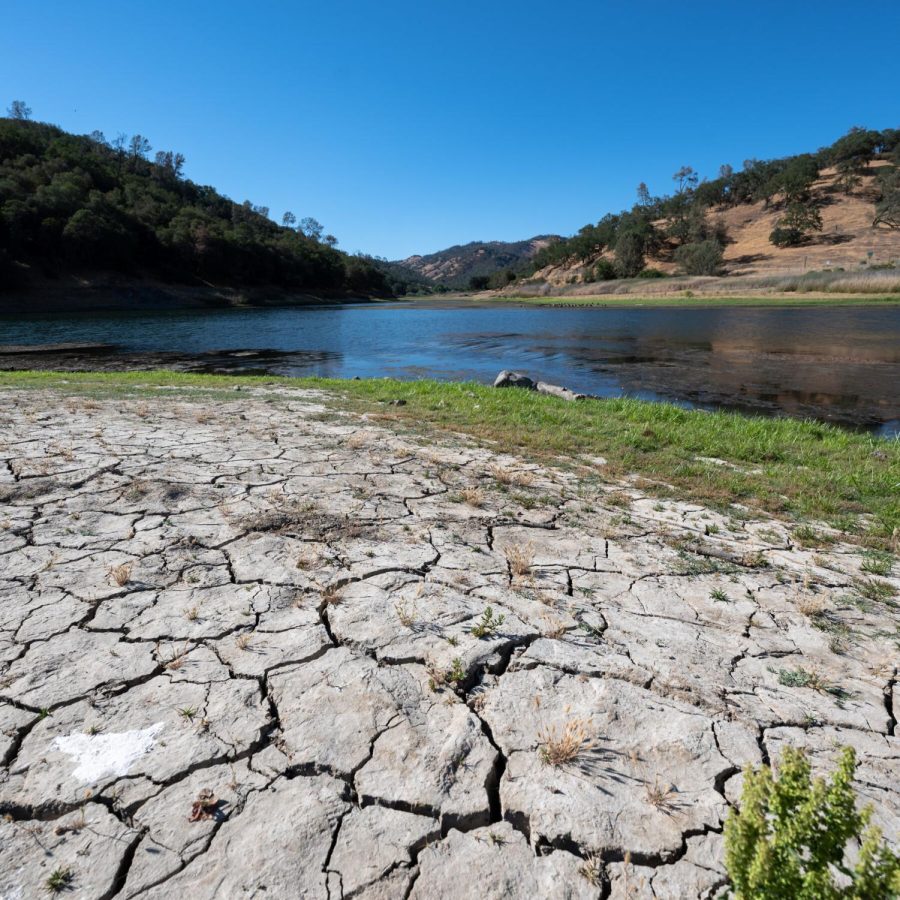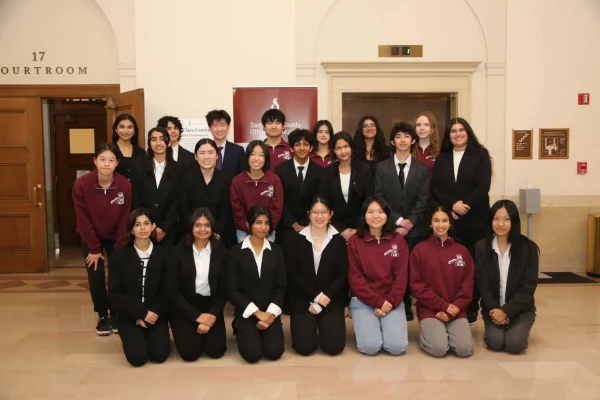Droughts
Bombarded by relentless series of torrential storms in recent months appear to have washed away California’s water woes—at least for now. Many associate the precipitation with the end of the drought, which forced many Californians to restrict their water use for years.
In a self-produced televised statement, Gov. Gavin Newsom lifted the mandatory water restrictions due to the historical rain and snowfall but stopped short of declaring the end to the historically long drought.
“Are we out of the drought? Is the drought over,” Newsom asked rhetorically. “It would be nice to have a governor say that the drought is over. But unfortunately, complication requires nuance.”
The persistent rain and strong winds undoubtedly affected the students at Cupertino High School. The rain affected the students’ daily routines and disrupted their extracurricular activities. Swimming, soccer, softball, baseball and Tino Dhadkan were among the sports and clubs affected. Falling trees endangered homes, roads and the people near them. A Cupertino woman was killed by a falling tree as she walked a trail in San Antonio Park last month.
In addition, the entire Fremont Union High School District was hit by internet outages caused by a downed power line, intensifying the situation. Due to the heavy reliance on technology in Silicon Valley schools, Monta Vista and Lynbrook High School were compelled to cancel school for their students. Unfortunately, CHS faced a similar problem, leading to a disruption in the academic activities of its students.
“We can’t really do anything here usually,” said Patrick Hanson. As part of CHS’s Technology Support Staff, he and Kyle Le are responsible for addressing any technology-related issues at Tino, ranging from internet connectivity to printer malfunctions and Chromebook troubleshooting. Hanson explained that the internet at FUHSD originates from a central point at the district office, which is then “relayed” to each campus and passed on to Wireless Access Points installed in every classroom.
In the event of a power outage or any unforeseen incident that disrupts internet connectivity at the district office, the staff at CHS often find themselves powerless in their efforts to restore the internet.
Said Le, “We wait.”
However, internet outages are rather rare. In the seven years that Hanson worked as Technology Support Staff, he only saw district-wide internet outages about once per school year. Small classroom-size interruptions are usually caused by the WAPs’ inability to handle too many devices using the internet simultaneously.
There are numerous theories about why the weather was so intense this spring and whether or not it will worsen. Many scientists point to atmospheric warming due to greenhouse gasses like carbon dioxide trapping heat within Earth’s atmosphere. Yet others view it as only a statistical outlier – a particularly intense year, but not outside of expectations.
Valley Water spokesperson Megan Azralon, the organization in charge of managing the creeks, reservoirs and other water-related infrastructure in Santa Clara County, expressed relief regarding the rain.
Said Azralon, “Our big concern was flooding because the ground just couldn’t soak in all the water because it was just rainstorm after rainstorm. But we actually have been able to capture most of this water in our recharge ponds, replenishing our groundwater supplies. It’s something we definitely needed in the region.”
Although Silicon Valley infrastructures could harvest water during the storms, California’s water infrastructures had to release most of the water as waste. The recent deluge of rain exceeded the capacity of California’s infrastructures, which were not constructed to endure and retain such volumes of rainfall.
During previous years of drought, reservoirs relied mainly on the accumulation of melted snow as their primary water source. This could take months and the reservoirs might not even be filled. However, following the storms, reservoirs were filled to the brim with excess water still flowing in. This issue caused concerns about flooding, and officials decided to release some of the water from the reservoirs. Because of the limited amounts of water storage structures in California, citizens could not take full advantage of the storm, raising awareness for new infrastructure to be built. The sudden atmospheric rivers demonstrate the effects of climate change, further revealing the importance of having new infrastructure in place to accommodate these changes.
Particularly, in San Francisco, wastewater flooded out of drains and onto the streets due to the storm overflowing the system. The sewage flood highlighted the storm’s impact and brought attention to improving infrastructures for the future.
Although groundwater levels have been replenished, rainstorms do not mean everything is back to pre-drought levels. Said Azralon, “It’s great short-term, but we’re not quite sure how long we’re gonna be out of the drought. You never know, the drought could be right around the corner.”
These droughts and rainstorms serve as a reminder that climate change, one of which results in longer droughts and more severe storms, is real and present.
Azralon recommended Californians continue embracing water-saving methods, such as reducing shower times and switching lawn grass with drought-resilient plants. As students, Azralon recommended staying educated about climate and basic facts about water-saving methods.









